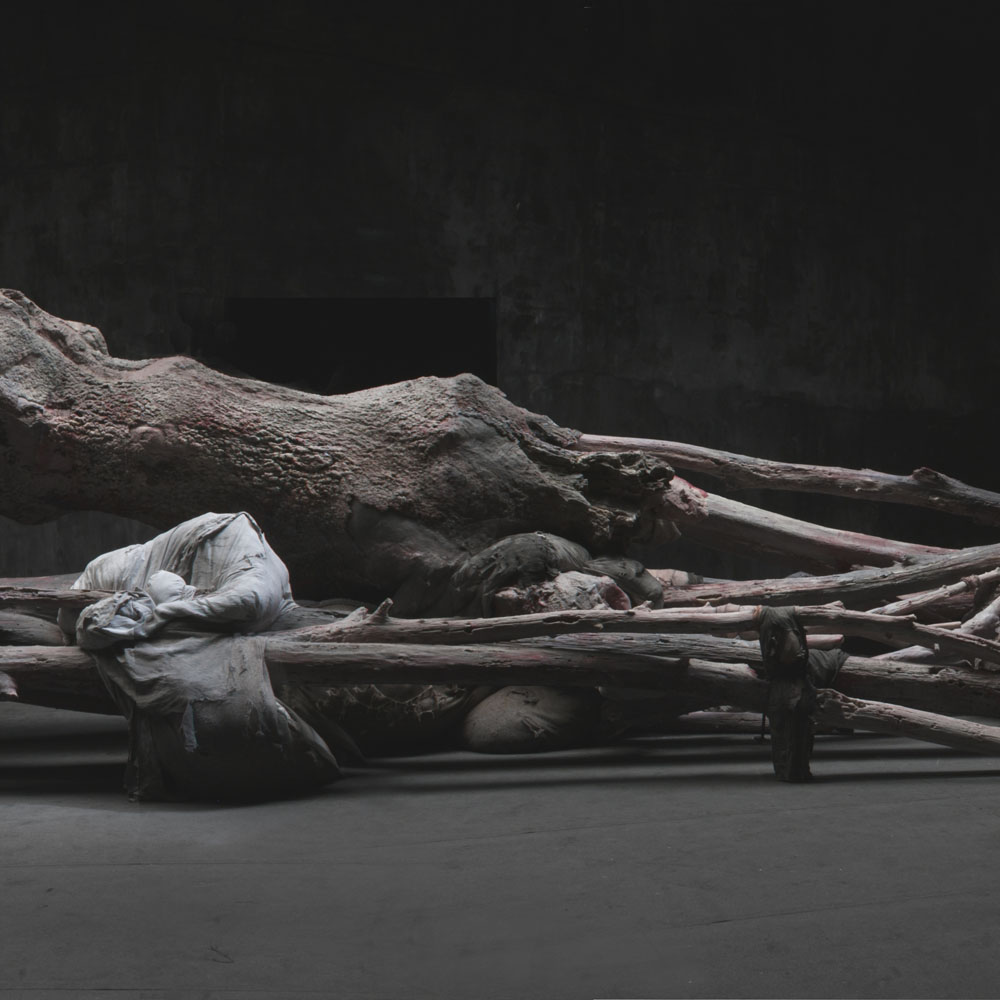An Editorial co-authored with Katherine Baxter

•
An Editorial co-authored with Katherine Baxter

•
An article co-authored with Marilyn Freeman

•

Authored by Cat Auburn
Published in the Enjoy Occasional Journal, The Dendromaniac, March 2015
Berlinde de Bruyckere, Kreupelhout – Cripplewood, 2013 Pavilion of Belgium, 55th International Art Exhibition – la Biennale di Venezia. 1 June - 24 November 2013. Photo: Mirjam Devriendt. ©Berlinde de Bruyckere
12th September 2014
Dear Cripplewood,
I wish with all my heart that I had been to see you at the Venice Biennale last year.
Although I’ve never seen you in person, you live in my imagination as a tangible memory. It’s as if the first time I experienced you I hovered at the entrance to the pavilion for a long time and then crept into the space… crept around your massive wax tree trunks. I gaped at the hues of human flesh and blood, at the horror wrapped and bandaged with care and humanity. In my mind I ran to see you during every lunch break, and snuck in after work before rushing home for dinner. You were the monster under my bed and the place I returned to when I’d lost sight of myself.
Kind regards,
Cat Auburn
New Zealand
—
14th November 2012
Dear Cripplewood,
Years ago, I chose the opening chapter to Milan Kundera’s, The Book of Laughter and Forgetting as a parallel text to accompany a series of sculptures. It was only one and a half pages long but he painted the modification of historic memory in ways that a messy academic essay from myself never could.
Over and over again, I have read the story J M Coetzee offered to your maker, Berlinde, as a parallel text of your own – The Old Woman and the Cats. It felt bleak to me and, as she said, was like watching a stage play under stark, individual beams of light. He has created bubble-like universes that never overlap; they just bump and collide against one another: the woman, the two men and the many cats. The cats have the ability to scatter and perform as many individual characters; sometimes they merge like a bee swarm, moving as Platonic Cat in one giant whole before breaking away again into singular parts.
The woman in the story speaks about a transformative encounter she had with a ragged cat giving birth in a culvert. I don’t want to live in a world in which a man wearing boots will take advantage of the fact that you are in labour, helpless, unable to escape, to kick you to death. Nor do I want a world in which my children or any other mother’s children will be torn away from her and drowned because someone has decided they are too many. I wondered how often we act on our good intentions, yet inevitably erase the will of another by our actions?
I recall a memory from two months ago, I can see myself leading a dear friend, Ben into the barn. The wait for the vet to arrive had been a long one and I was nervous. Ben needed a big dose of sedative to keep him calm during the procedure. I watched the needle slide under his skin and into his neck muscle. I saw him wince. The clamp the vet pulled out of the kit reminded me of speculums used by my GP during the cervical smear tests I’ve had. I helped the vet fix a halter around Ben’s head and the speculum-clamp cranked his mouth open. The rope attached to the halter was slung around one of the roof rafters, in case the big horse fell, drugged and vulnerable. The vet used a heavy metal rasp to file Ben’s teeth down and remove sharp edges that would cut open the soft inner flesh of his cheeks.
It was for the Ben’s own good, wasn’t it? But the act still felt barbaric. For me, sculpture exists in these intangible moments – the indecision before fight or flight; the nuances of conflict; the movement between beauty and horror.
Kind regards,
Cat Auburn
New Zealand
—
19th February 2013
Dear Cripplewood,
I know that you are, simply put, a sculpture of a felled tree trunk. It’s in the way that your waxed-turned-sutured-flesh makes me want to cross my arms over my body and protect my torso that the tree becomes the body of Saint Sebastian. I can see him through my own body. He is the Saint pierced through with arrows, backed against a tree. He is the Saint who holds back the tide of the Black Death. His iconography fills Venice.
Berlinde said the injured tree becomes the protector of Saint Sebastian. He is no longer tied to the tree; he has become the tree. (The skin that lies beneath…). It could be more complicated than that – he is both, he is still tied, he is also merged. The martyr and the plague have morphed into a chimera. They lie together, deep in a crypt below the city, dry and flaking underground. But the walls slowly ooze the rot of old tides down onto the mausoleum floor and the leviathan’s skin begins to pucker…
I want to tell you about my one and only experience of Venice.
I went in 2009 for a single week of Biennale, and recall being quite unhappy. I had made an ill choice of travelling companion and the personality clash haunted us all the way to the city. Venice soon became a sanctuary for me to escape into during this uncomfortable experience. Long after the agreement to split ways with my unfortunate friend, Venice continued to show me things I’d never known a city could. New Zealand is so different and so far away; the greenery covers our newly-made history; we shy away from our wounds. Venice is old and reveals its scars with the changing tides and the piles of brick dust on the streets.
I experienced Venice with contemporary art tunnel vision. I didn’t know that Saint Sebastian was the patron Saint of Venice, or that Venice was thrice host to the Black Plague. I continue, even now, to re-experience Venice through the art I saw and how I felt about myself at that time, then and now.
Venice re-emerges as I navigate my own way through being an artist; the city is a kaleidoscope shifting different ideas into focus and dispersing them just as quickly.
Kind regards,
Cat Auburn
New Zealand
—
10th March 2013
Dear Cripplewood,
You are an elegy to the human condition. You are beauty and horror; the two are inextricably linked. A leviathan tree with liminal skin of bark and human flesh; you are a visceral mixture of life-giving metaphor and slasher-movie trope. The tree is life; it is surgical in nature; it is post-procedure, wrapped in soft cloth and vermilion bandages. It is a caesarean-section gone wrong. It is being a child, pinned down by heavy arms, the black mask lowering towards my face. It is flailing legs aimed at a nurse’s face and fighting off unconsciousness. It is the chilling understanding that they are about to remove a piece of my body to save my life.
Berlinde said, for years I have relentlessly pursued themes like the Pieta – Pitie. The first moment following death. The power of sculpture to capture beauty within ugliness, awkwardness and monstrosity is breathtaking. She speaks of the very moment of letting go. We can choose to close our eyes to horror and turn our faces to linger on beauty. Or we can square our shoulders to face both and experience the sublime.
Kind regards
Cat Auburn
New Zealand
—
I go to Kreupleheut in my mind. My feet tread on the cool floor and I wait for my eyes to adjust to the dimness of the mausoleum.
Source material: J. M. Coetzee and Berlinde de Bruyckere, Cripplewood-Kreupelhout. (London: Yale University Press, 2013)